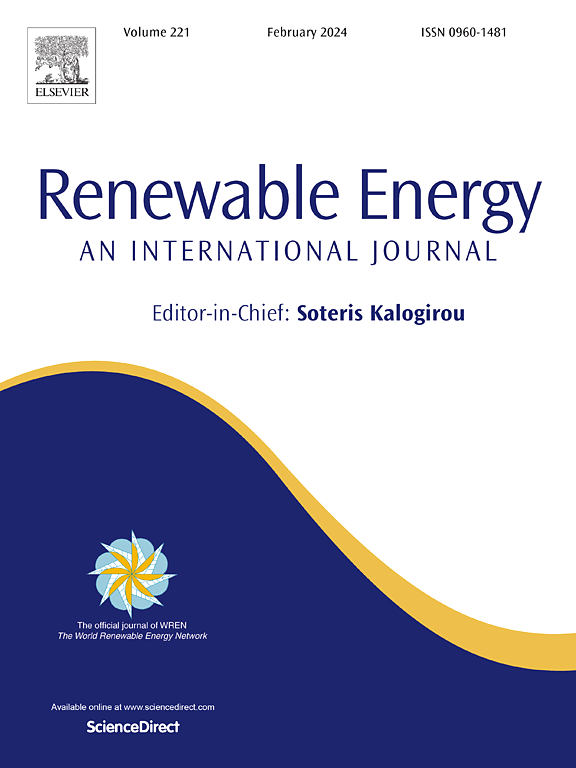Effects of isopropanol-n-butanol-ethanol blends on combustion and emissions performance in a spark assisted compression ignition (SACI) engine
IF 9
1区 工程技术
Q1 ENERGY & FUELS
引用次数: 0
Abstract
To achieve carbon peaking and carbon neutrality goals, it is urgent to improve the thermal efficiency of engines and application of carbon-neutral fuels. The renewability and low emissions of isopropanol-n-butanol-ethanol (I-B-E) blends were receiving increasing attention, and spark-assisted compression ignition (SACI) was a high-efficiency combustion mode suitable for future engines. Therefore, this article designed 11 different I-B-E blends and investigated their differences in combustion and emissions performance under SACI combustion mode. It was found that regardless of the load, there was little difference in the auto-ignition timing of various I-B-E blends. Increasing the content of isopropanol and ethanol in I-B-E resulted in a decrease in the ratio of auto-ignition, COVIMEP, COVPmax and COVPRRmax. Regardless of the I-B-E composition, there was no significant relationship between COVCA5-CI and COVCACI-90. At light load, increasing the energy ratio of ethanol in I-B-E blends increased ITE by 2.11 % compared to n-butanol. After the load increased, regardless of the load, adjusting the composition of the I-B-E blends appropriately can achieve highest ITE and lowest ESFC. Increasing the energy ratio of ethanol and isopropanol in I-B-E blends was beneficial for reducing BSNOx and BSHC emissions. The BSCO emissions were not significantly related to the I-B-E components.
求助全文
约1分钟内获得全文
求助全文
来源期刊

Renewable Energy
工程技术-能源与燃料
CiteScore
18.40
自引率
9.20%
发文量
1955
审稿时长
6.6 months
期刊介绍:
Renewable Energy journal is dedicated to advancing knowledge and disseminating insights on various topics and technologies within renewable energy systems and components. Our mission is to support researchers, engineers, economists, manufacturers, NGOs, associations, and societies in staying updated on new developments in their respective fields and applying alternative energy solutions to current practices.
As an international, multidisciplinary journal in renewable energy engineering and research, we strive to be a premier peer-reviewed platform and a trusted source of original research and reviews in the field of renewable energy. Join us in our endeavor to drive innovation and progress in sustainable energy solutions.
 求助内容:
求助内容: 应助结果提醒方式:
应助结果提醒方式:


